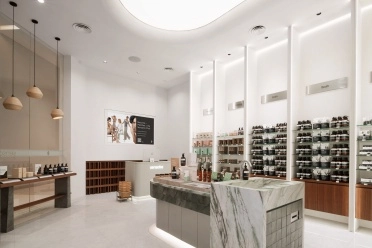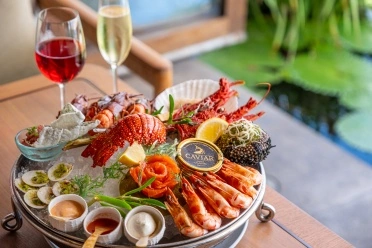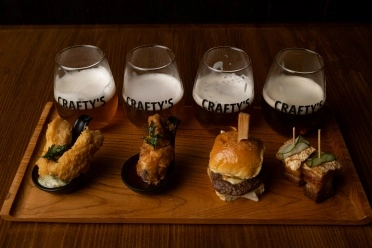On December 5, 2024, Museum Pasifika in Bali hosted an enchanting evening of its Classical Concert Series, featuring three internationally acclaimed musicians: pianist Patrick Zygmanowski, violinist Frédéric Moreau, and Indonesia’s own pianist Stephanie Onggowinoto. Set in the museum’s inspiring ambiance, the concert celebrated exceptional artistry and cultural harmony. What's New Bali had the privilege of speaking with these exceptional artists, uncovering their creative process. Read on for exclusive insights into their artistry and the unforgettable performance!
What's New Bali had the privilege of speaking with these three exceptional artists, uncovering their creative process.
Stephanie Onggowinoto
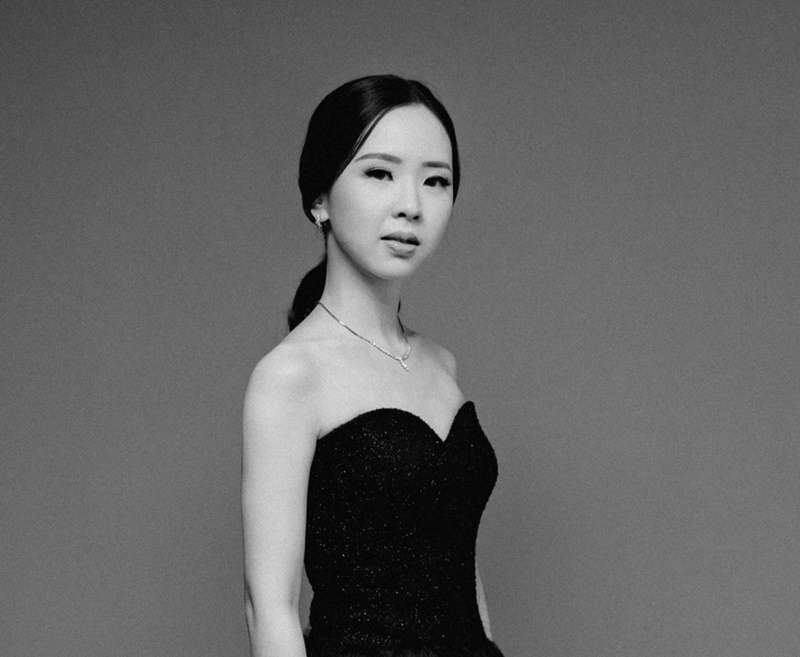
Renowned for her "crystal-clear, luminous sound" and "sensitive playing," Indonesian pianist Stephanie Onggowinoto has graced prestigious stages across Europe, Asia, and the United States as both a soloist and a chamber musician. A prodigy who made her concerto debut at 11, she has performed globally at venues like Carnegie Hall and Tokyo Opera City. A winner of prestigious competitions, including the ASEAN International Chopin Competition, Stephanie holds advanced degrees from the Royal College of Music in London, where she studied as a distinguished scholar.
Your global performances span some of the most iconic venues, from Carnegie Hall to Tokyo Opera City. How do these different audiences and cultures influence your approach to performing?
Performing at renowned venues such as Carnegie Hall in New York and Tokyo Opera City has been a profound and humbling experience. Each location has its unique atmosphere, and while the cultural backdrop might not directly alter how I play, it does influence my choice of repertoire. For instance, performing music by a composer in their homeland often creates a deeper connection with the audience, as it resonates with their cultural identity. I believe music is a universal language that transcends borders, and my primary goal is always to communicate emotionally with my listeners. The challenge and beauty of performing globally lie in bridging these cultural differences and creating an intimate, shared experience with audiences, no matter where I am.
You’ve achieved success in numerous prestigious competitions, including the ASEAN International Chopin Competition. How do you prepare mentally and emotionally for high-stakes competitions like these?
Preparing for major competitions is an intense process that demands both physical and emotional resilience. Hours in the practice room refining every detail is certainly exhausting, but it is also deeply rewarding. For me, competitions are less about winning and more about sharing my passion for music and telling a story through my performance. I find joy in playing the pieces I love, and this helps ground me during stressful times. Faith is also a vital part of my preparation—I believe in doing my best while trusting the rest to God. This mindset not only keeps me focused but also brings a sense of peace as I navigate the challenges of high-stakes events.
For your recent performance at Museum Pasifika, how did performing in Indonesia compare to your experiences on international stages?
It is a true privilege to perform on an island as beautiful and culturally rich as Bali, and especially at Museum Pasifika, a venue that embodies history and art. Performing here carries a special significance, and I am honored to contribute to its legacy. My gratitude extends to Mr. Philippe Auger, the founder of the museum, as well as to Professor Anak Agung Gede Agung and Ibu Luciana for their unwavering support. Sharing the stage with Mr. Patrick Zygmanowski and Mr. Frédéric Moreau, both esteemed musicians, has been a remarkable experience. Through our performance, we aim to create lasting memories for the audience and to enrich their connection to this extraordinary setting with music that speaks to the heart.
Patrick Zygmanowski
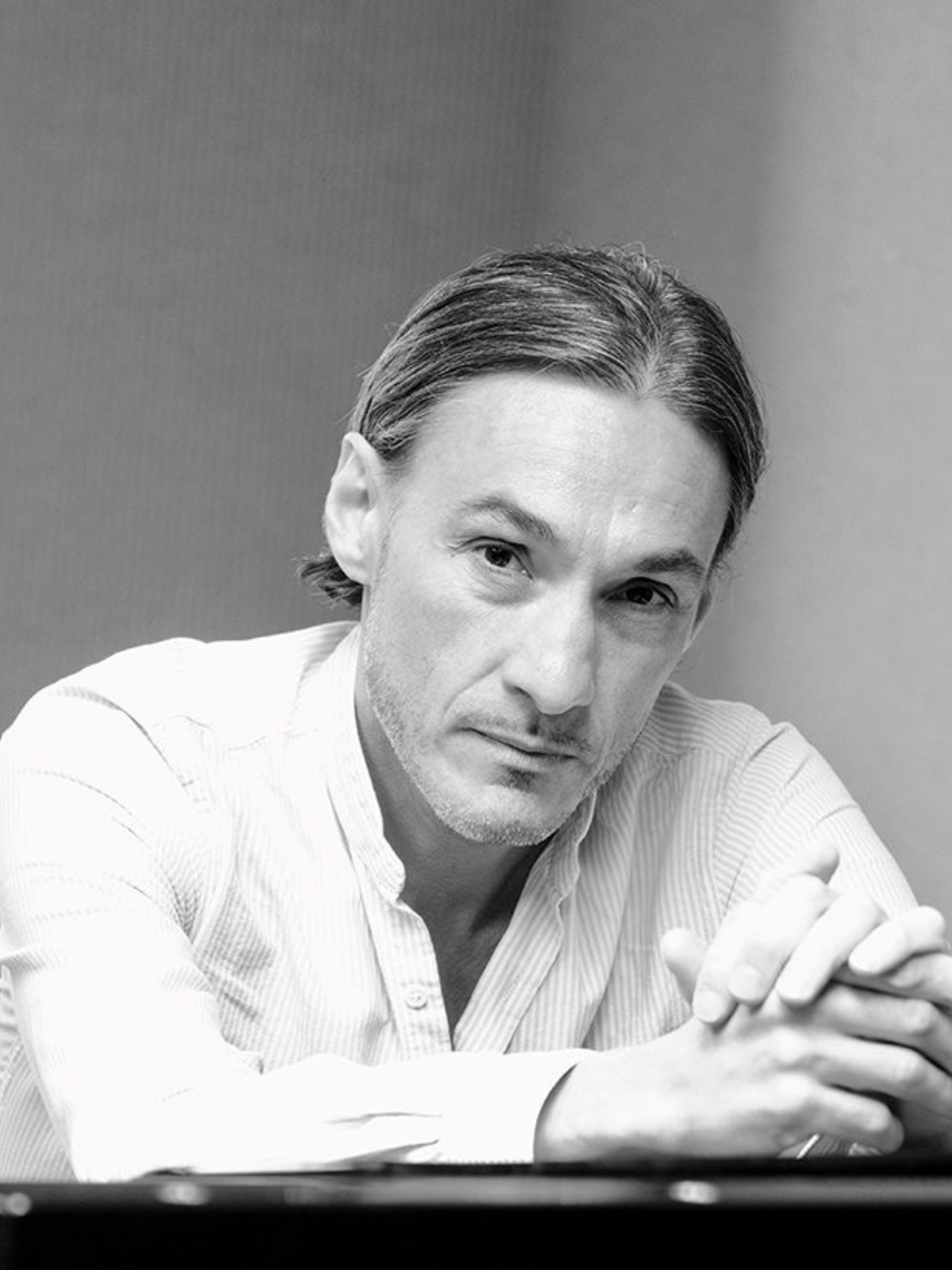
French pianist Patrick Zygmanowski is acclaimed for his expressive artistry and chamber music expertise. A laureate of international competitions, he has performed worldwide and recorded celebrated works, including Brahms sonatas. His dynamic artistry, described as sensitive and expressive, has captivated audiences in major concert halls worldwide. He teaches at Aix-en-Provence Conservatory and École Normale de Musique in Paris, inspiring the next generation of musicians.
You’ve received acclaim for your recordings of French music and collaborations in chamber music. What draws you to chamber music, and how do you maintain synergy with your fellow musicians, especially during live performances?
Chamber music has always been a cornerstone of my artistic journey, as it offers an unparalleled sense of collaboration and communication. Playing with Frédéric Moreau has been especially meaningful, as our friendship spans over three decades since our time at the French National Conservatory. Our musical connection is so strong that often a single glance or note is enough to align us. Performing with Stephanie has also been a joy; despite our different cultural backgrounds, music becomes a universal language that unites us. The beauty of chamber music lies in its ability to blend diverse voices into a single, harmonious expression, creating something greater than the sum of its parts.
Your passion for tango music is evident from your recent recordings. What unique challenges or joys does this genre bring to a classical pianist like yourself?
Tango music offers a refreshing contrast to traditional classical repertoire. Unlike classical music, which is often meticulously notated, tango allows for a level of freedom and improvisation akin to jazz. This genre challenges me to step outside the structured confines of classical performance and explore a more spontaneous, emotional style of playing. The rhythmic complexity and intensity of tango also bring a unique energy that enriches my approach to European classical music, making my interpretations more dynamic and heartfelt. It is a joy to bring these two worlds together and to discover new depths in my artistry.
Bali is a place known for its vibrant art and culture. How do you see your performance at Museum Pasifika contributing to this rich cultural landscape?
Museum Pasifika is a remarkable venue that bridges the art and culture of Bali with global influences. The vision of its founder, Mr. Philippe Auger, in creating this cultural sanctuary is truly inspiring. Performing here amidst such an incredible collection of art feels like an opportunity to merge the visual and auditory into a singular experience. The museum's blend of Pacific and European artistry mirrors our own fusion of diverse musical traditions, creating a unique synergy. I believe our performance adds a musical dimension to the museum’s narrative, offering the audience an enriched appreciation of Bali's artistic heritage within a global context.
Frédéric Moreau
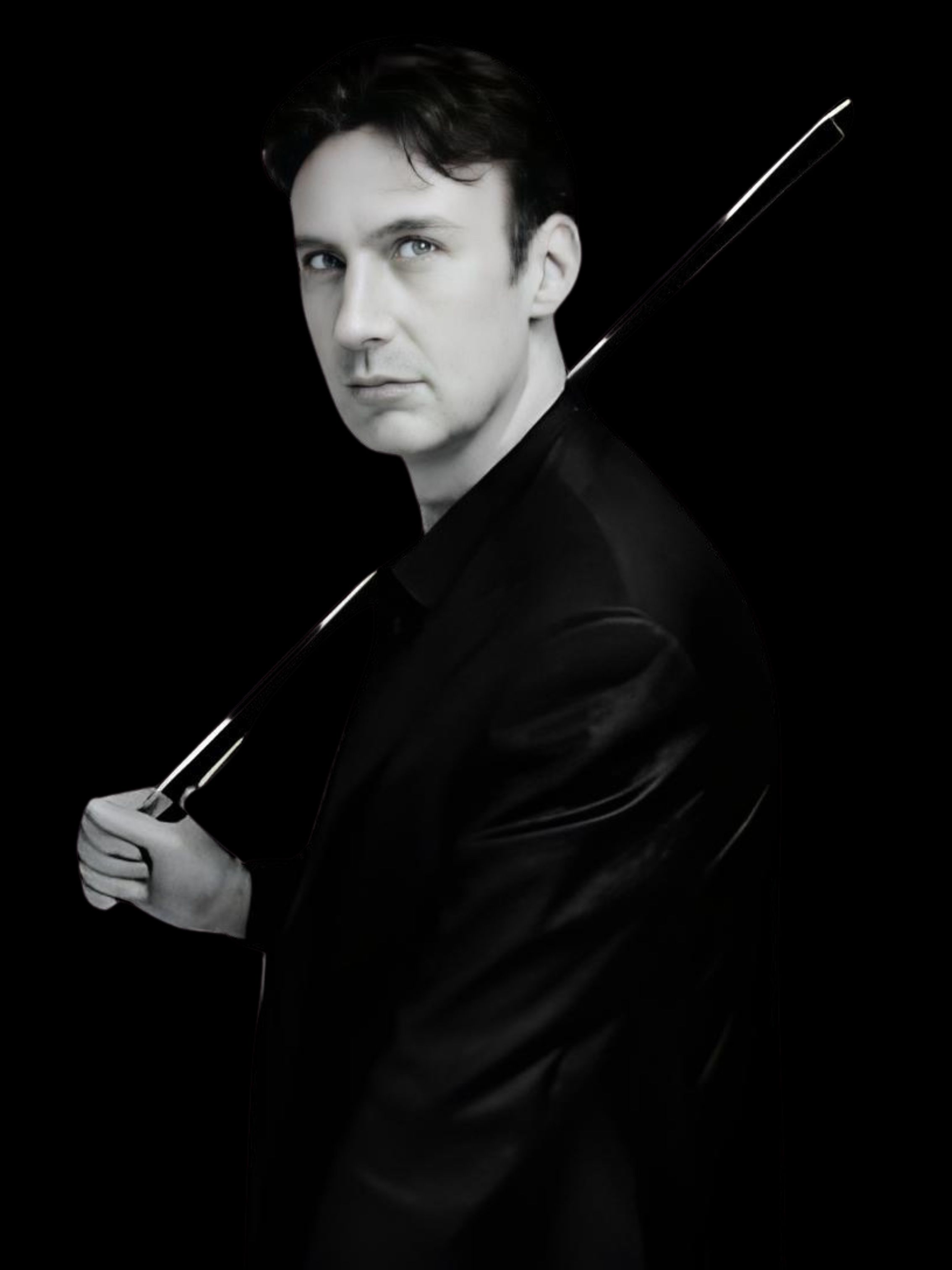
Violinist Frédéric Moreau is renowned for his virtuosity and charisma, performing over 100 concerts annually as a soloist and musical director of Les Violons de France. A laureate of international competitions, he studied with legends like Yehudi Menuhin and is a faculty member at Yonsei University in Seoul. His dedication to Niccolò Paganini's legacy inspired his acclaimed album "Il Cannone."
Your career as a soloist and as the musical director of Les Violons de France keeps you in constant motion. How do you balance the demands of solo performances and leading an orchestra?
The creation of Les Violons de France over 30 years ago was a pivotal moment in my career, and it remains a source of immense pride and joy. I have built a team of exceptional musicians who share my commitment to excellence. Their dedication and talent allow me the flexibility to balance my responsibilities as a soloist and musical director seamlessly. This dynamic creates a virtuous cycle where my work with the orchestra inspires my solo performances and vice versa. It is both challenging and fulfilling to nurture these two aspects of my career simultaneously.
You’ve been inspired by Paganini’s work, even dedicating a CD to Il Cannone. What about Paganini’s music captivates you, and how do you bring his spirit to life in your performances?
Paganini represents the pinnacle of artistic excellence and innovation. His work challenges musicians to push their technical and expressive boundaries, setting a standard that continues to inspire artists across generations. To me, Paganini's music embodies the relentless pursuit of mastery, which resonates deeply not only in music but in all creative endeavors. When I perform his compositions, I aim to channel his spirit of brilliance and passion, bringing his legacy to life for modern audiences.
What excites you most about performing in Bali at Museum Pasifika, and how do you tailor your setlist for such a unique venue and audience?
Performing at Museum Pasifika is an extraordinary opportunity to connect music with visual art in a setting of profound cultural significance. The ambiance of the museum, surrounded by masterpieces, creates a dreamlike space where music can elevate the experience of the art and vice versa. My hope is that our performance weaves a narrative that ties together the diverse artistic expressions within the museum, offering the audience a holistic and transformative experience. It is a privilege to contribute to the rich cultural aspect of Bali through this unique performance, and I thank Mr. Philippe Augier for the incredible richness of his museum and for this visionary idea.



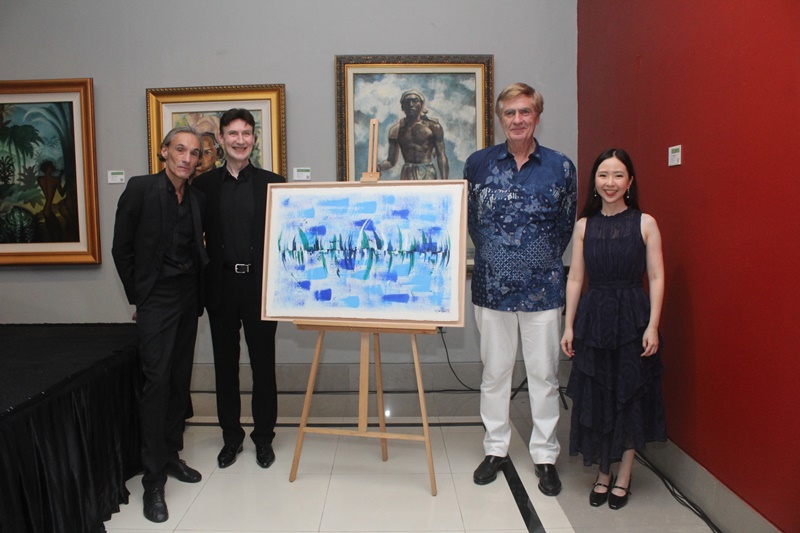
 Billy Bagus
Billy Bagus
 Dec 12, 2024
Dec 12, 2024


